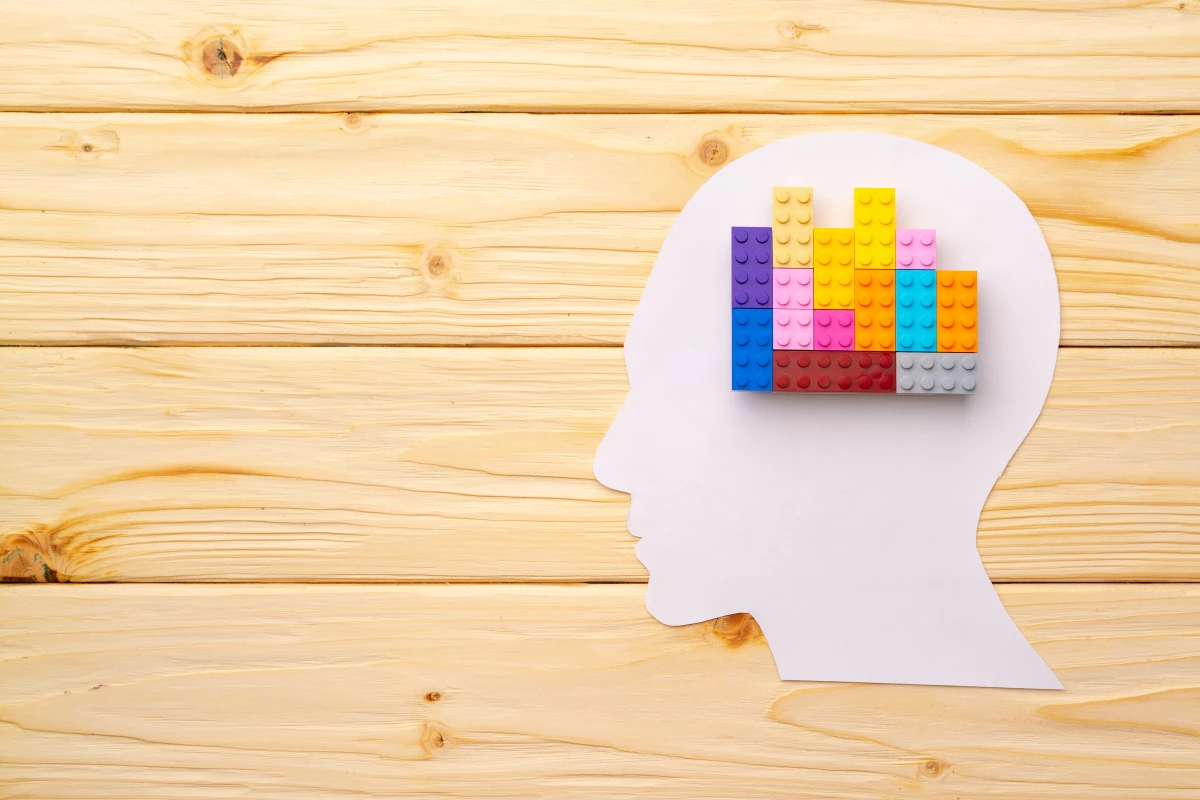Chronic stress has a profound impact on the brain, leading to various mental health disorders, including depression. Recent research from the Institute for Basic Science (IBS) in South Korea has revealed that a specific sugar-related process in the brain may serve as a key mechanism in the onset of depression. This groundbreaking study highlights how alterations in glycosylation, specifically involving a sugar molecule called sialic acid, could pave the way for new therapeutic approaches to mood disorders.
The research team discovered that prolonged stress leads to changes in the medial prefrontal cortex (mPFC) by affecting how proteins are glycosylated. Glycosylation is a process where sugar molecules are added to proteins, influencing their stability and functionality. One particular type, known as O-glycosylation, involves the attachment of sugars to oxygen atoms on certain amino acids within proteins. This modification is crucial for regulating neuronal connections and signaling. Until recently, the relevance of O-glycosylation in mental health had been largely overlooked, but this study indicates that stress can disrupt these sugar patterns, potentially altering communication between brain cells.
In their investigation, the researchers identified the enzyme St3gal1 as essential for the final step of sugar capping during O-glycosylation. This step significantly affects protein longevity and synaptic interactions. When the team examined glycosylation patterns in healthy mice, they employed high-performance mass spectrometry and discovered distinct sugar signatures across nine brain regions. Comparisons with chronically stressed mice revealed a notable reduction in O-glycosylation and a decrease in St3gal1 expression within the prefrontal cortex, a region critical for mood regulation.
The implications of these findings are substantial. Mice that lacked the St3gal1 enzyme exhibited depressive symptoms, such as reduced motivation and heightened anxiety. Conversely, enhancing St3gal1 levels in stressed mice alleviated these behaviors, suggesting that this enzyme plays a pivotal role in how stress induces depression-like changes in the brain. Additionally, the researchers noted that St3gal1 is involved in maintaining sugar tags on the neurexin-2 protein, which is vital for neuronal communication. In stressed mice, these tags were lost, disrupting normal signaling, but restoring St3gal1 levels reversed this effect.
Boyoung Lee, a research fellow involved in the study, stated, “This study demonstrates that abnormal glycosylation in the brain is directly connected to the onset of depression.” He added that this research establishes a foundation for identifying new diagnostic markers and therapeutic targets beyond traditional neurotransmitter approaches.
While the findings were derived from experiments conducted on male mice, the complexity of human neural networks necessitates further exploration. Current antidepressants primarily target serotonin levels, but the evidence indicates that the relationship between serotonin and depression is more intricate than previously believed. C. Justin Lee, director of IBS, emphasized the societal impact of depression, noting that, “This achievement could extend not only to depression therapy but also to other mental illnesses such as PTSD and schizophrenia, paving the way for broader therapeutic strategies.”
Interestingly, the study also noted behavioral changes in female mice under chronic stress, despite unchanged St3gal1 levels, indicating potential differences in how male and female brains respond to stress. This discovery opens another avenue for future research on gender-specific approaches to treating mental health disorders.
Published in the journal Science Advances, this research represents a significant step forward in understanding the biochemical foundations of depression and the potential for novel treatments targeting glycosylation processes. As scientists continue to unravel the complexities of the brain’s response to stress, the findings may lead to more effective interventions for those affected by mood disorders.







































































